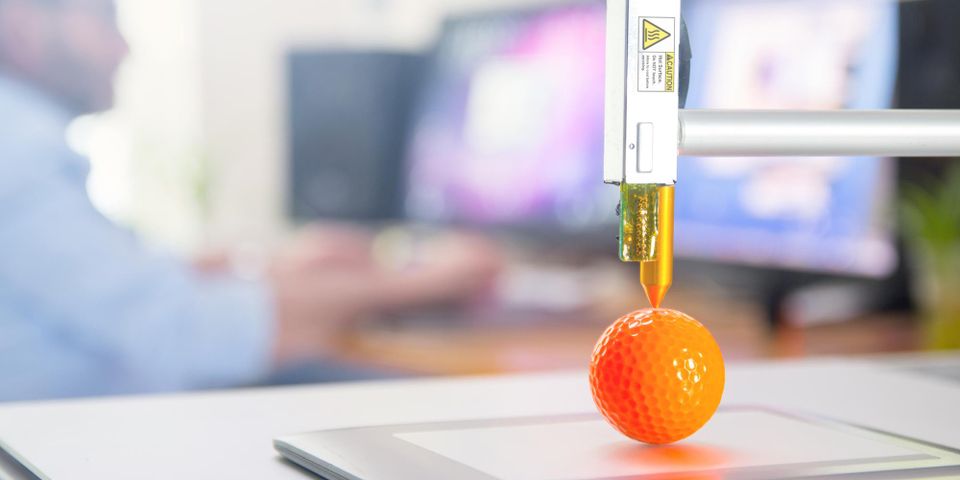3 Materials Frequently Used in 3D Printing

In recent years, 3D printing has become easier and more affordable, allowing people to take advantage of its wide range of benefits. It lets business owners create tangible prototypes of items before investing in a new line of products, helps architects create scale models of big projects, and provides physicians with a new way to accurately diagnose illnesses. To help you better understand this fascinating, eco-friendly technology, here’s a brief guide to three materials commonly used in the process.
What Materials Are Used in 3D Printing?
1. ABS
ABS, or acrylonitrile butadiene styrene, is a thermoplastic material commonly used in this process. Although beginners may find it a bit difficult to work with initially, it has a host of benefits, including durability and heat resistance. It’s often best for manufacturing applications and is used to make sports equipment, musical instruments, and Legos®.
2. Ultem®
 When durability is the main concern, 3D printers often use this thermoplastic. It’s strong without being too heavy, is known for its heat resistance, and is also aesthetically pleasing—a crucial quality when creating replacement parts. Ultem is often used for 3D printing applications in the automotive and aerospace industries.
When durability is the main concern, 3D printers often use this thermoplastic. It’s strong without being too heavy, is known for its heat resistance, and is also aesthetically pleasing—a crucial quality when creating replacement parts. Ultem is often used for 3D printing applications in the automotive and aerospace industries.
3. PC
PC, or polycarbonate, is another popular choice for 3D printing. It is clear and known for being heat- and impact-resistant. This latter quality makes it useful for creating items that might take a bit of a beating, such as drones and remote-controlled cars.
To ensure your 3D printing project is successful, work with the experts at Faro Industries in Rochester, NY. The team has been a leader in the plastics field since 1967 and offers a wide range of services, including solvent bonding, CNC machining, and hot air welding. To speak with a representative about your needs, call today at (585) 647-6000. Visit them online to learn more about their expertise in this area and how they can assist.
About the Business
Have a question? Ask the experts!
Send your question

